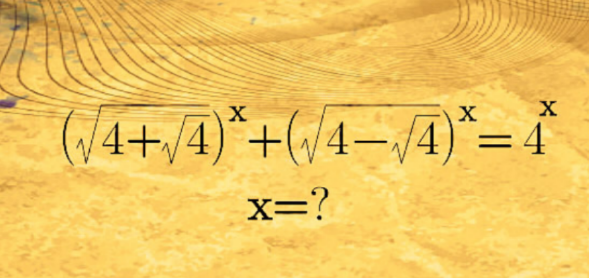
OthersQuestion and Answers: Page 19
Question Number 185243 Answers: 1 Comments: 3
Question Number 185181 Answers: 2 Comments: 3

Question Number 185038 Answers: 1 Comments: 0
Question Number 185036 Answers: 1 Comments: 0
Question Number 185014 Answers: 1 Comments: 1
Question Number 185116 Answers: 1 Comments: 0

Question Number 184959 Answers: 2 Comments: 0

Question Number 184939 Answers: 1 Comments: 0
Question Number 184920 Answers: 1 Comments: 0
Question Number 184918 Answers: 2 Comments: 2
Question Number 184915 Answers: 0 Comments: 2
Question Number 184873 Answers: 1 Comments: 0
Question Number 184832 Answers: 4 Comments: 1
Question Number 184787 Answers: 0 Comments: 2
Question Number 184744 Answers: 1 Comments: 1
Question Number 184731 Answers: 1 Comments: 0
Question Number 184656 Answers: 1 Comments: 0
Question Number 184655 Answers: 1 Comments: 0
Question Number 184574 Answers: 0 Comments: 5
Question Number 184497 Answers: 1 Comments: 0

Question Number 184487 Answers: 0 Comments: 1

Question Number 184454 Answers: 0 Comments: 1

Question Number 184320 Answers: 0 Comments: 4
Question Number 184311 Answers: 1 Comments: 0

Question Number 184307 Answers: 1 Comments: 0
Question Number 184306 Answers: 1 Comments: 0
